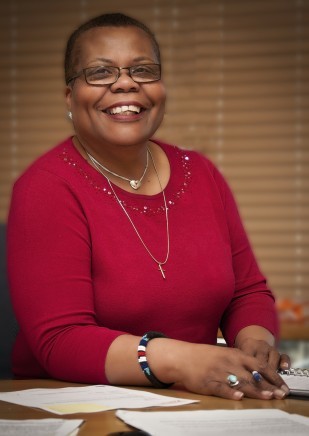Giving name to a lost seaman
Posted on: September 13th, 2012 in Roadways and Waysides |
Black crew member finds new life two centuries after dying
Story submitted to OTE by Gwenn Carr
 Last year, I had the opportunity to take my grandchildren on a drive along Highway 101 near Tillamook. We happened to notice a historical marker near the side of the road. Since I find it hard to drive past these markers, I pulled over to see what it had to say. I must admit that in the back of my mind I was hoping this marker would tell the story of what happened at Tillamook Bay in 1788 and that a bit of Oregon’s black history would be included. I also saw this as an opportunity to tell the story to my grandchildren.
Last year, I had the opportunity to take my grandchildren on a drive along Highway 101 near Tillamook. We happened to notice a historical marker near the side of the road. Since I find it hard to drive past these markers, I pulled over to see what it had to say. I must admit that in the back of my mind I was hoping this marker would tell the story of what happened at Tillamook Bay in 1788 and that a bit of Oregon’s black history would be included. I also saw this as an opportunity to tell the story to my grandchildren.
As it turns out, I was right. The marker told the story of Captain Robert Gray and the sloop Lady Washington’s late 1700s landing at Tillamook Bay. I was very familiar with this story because I had often included it in presentations on behalf of the Oregon Black Pioneers, an organization on whose board I am Vice Chair.
As my grandchildren and I stood in front of the marker reading the story, I was drawn to the last line: “Captain Gray and his crew hastily departed from the bay area after a fight with the Indians in which one of Gray’s crew and several Indians were killed.”
I knew the crewmember referred to was Markus Lopeus, the earliest documented person of African descent to set foot in Oregon. I had read diary entries belonging to one of the ship’s young crewmembers, Robert Haswell. His journal notes that Lopeus came on board the Lady Washington in the Cape Verde Islands off the coast of Africa, and includes details about the incident surrounding Lopeus’ death on August 17, 1788.
I was excited and so were my grandkids. Right in front of us was a direct reference to the first presence of a black man in Oregon. It was at this point that I decided to pursue the idea of the marker’s text including Lopeus’ identity.
After our trip, I contacted people I knew in the heritage community to find out who I should talk to about updating the marker, and was referred to Annie Von Domitz at Oregon Travel Experience (OTE).
OTE was very receptive to a Tillamook Bay marker revision, but I would need to become a part of the volunteer group who help rewrite historically accurate text. This was fine with me, since I was just happy to know that a revision was possible.
A few months after I connected with OTE, I received word the Tillamook marker had broken off at the ground in a violent spring storm. The marker would need updating sooner than later, and my request for a revision moved forward as part of the replacement plan. I must admit there was a part of me that felt this was the hand of God.
I found myself attending a meeting of OTE’s Oregon Historical Marker Committee. I was able to submit information to the committee about Loepus from the Oregon Historical Society and research from Dr Darrell Millner at Portland State University, both attesting to the validity of this piece of Oregon’s history.
I am happy to report the committee approved a text revision, and within the next few months, a new marker will honor the name of the “one crewman” from the Lady Washington. I am looking forward to the drive in late August, when I will take the grandchildren back up to Tillamook Bay. On our trip back to the coast, I will be able to update them on how Oregon’s black history, a timely storm, and their presence changed a historical marker forever.
Gwenn Carr is Vice Chair of the Oregon Black Pioneers (OBP). Their mission is to research Oregon’s black history and educate Oregonians through oral presentations, exhibits and publications. The organization makes presentations across the state at historical societies, museums, schools, colleges and civic organizations. In 2011, OBP published a book entitled “Perseverance: A History of African Americans in Marion and Polk Counties.” Their next large exhibit, “All Aboard: Railroading and Portland’s Black Community” will open January 15, 2013, at the Oregon Historical Society Museum in Portland.
 Payments
Payments